Financial Benefits of DIY EV Conversion Vs. Buying New EV
By Sebastian Orellana
Updated Feb 17, 2024
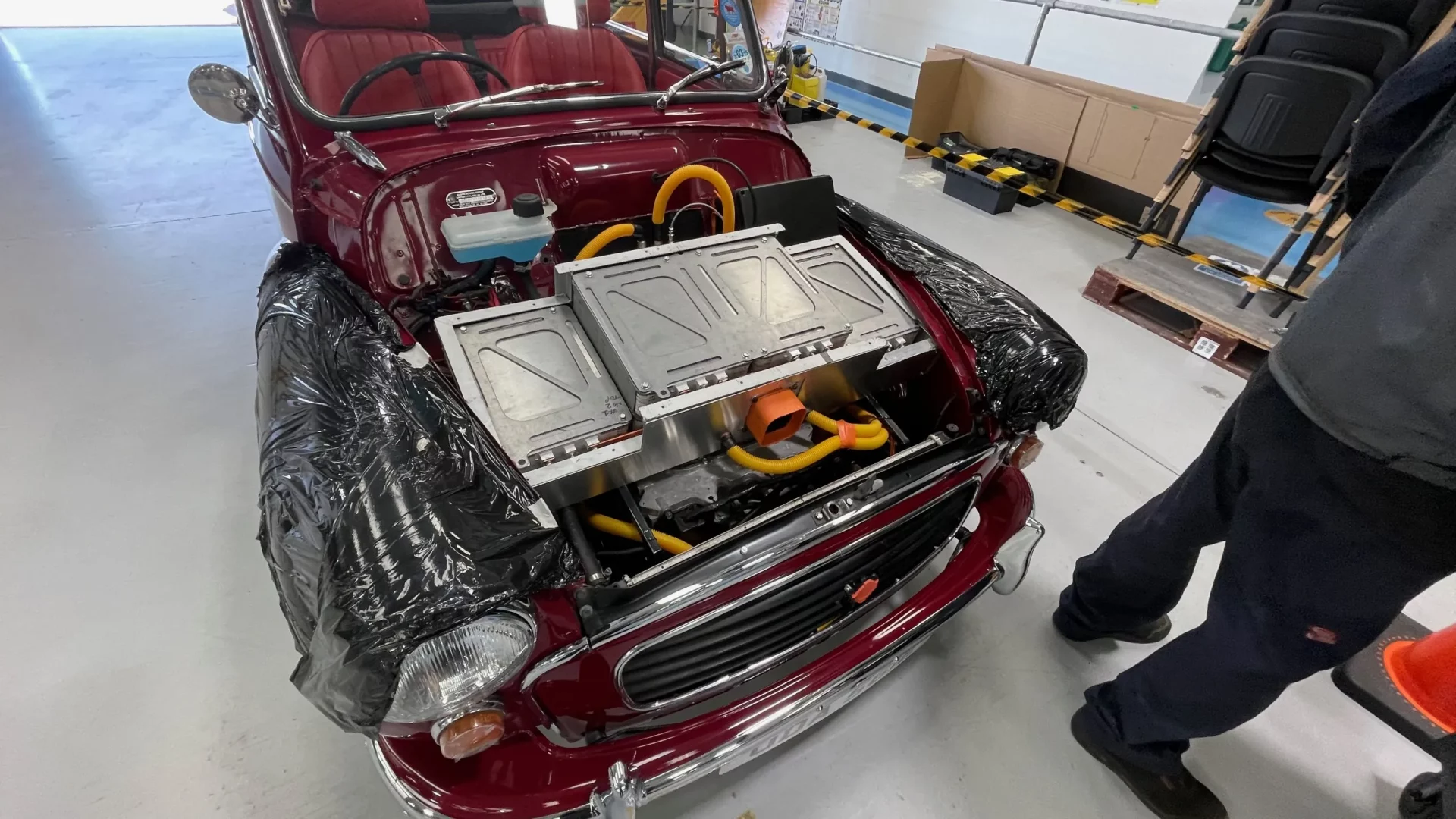
This article compares DIY electric vehicle (EV) conversion to buying a new one. With the surge in environmental consciousness in recent years, the popularity of EVs has risen dramatically. However, their price bracket makes them a luxury for many. This has driven some car owners to convert their existing vehicles into EVs - a process known as DIY EV conversion. In this article, we dissect DIY EV conversion's process, benefits, and challenges and compare it against buying a new EV. We explore the cost analysis for both options, discussing initial, operational, maintenance, and depreciation costs.
Table of Contents
Additionally, we discuss the environmental impact of both choices and provide case studies for further insight. Want to join the electric vehicle revolution but unsure how? Keep reading to determine whether DIY EV conversion or buying a new EV is the best option.
READ: What is the Highest Mileage Tesla Vehicle on the Market?
Introduction to DIY EV Conversion
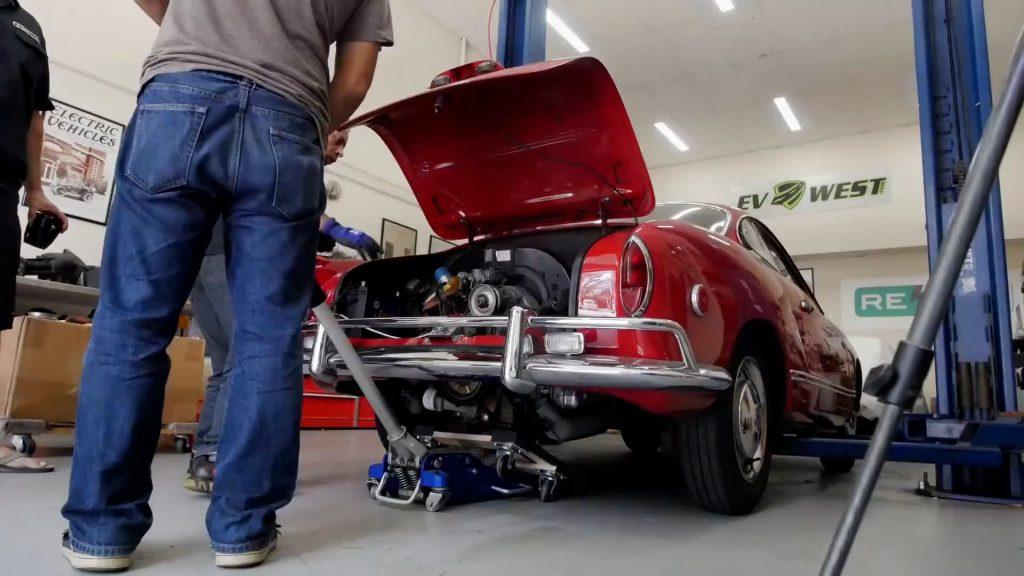
Current environmental concerns have led to a greater focus on renewable energy sources. Electric vehicles are one of the practical applications of these initiatives, as they operate using electric power, thus eliminating the need for fossil fuels. DIY EV Conversion is a way to transform old, gas-guzzling, and pollution-causing cars into more environmentally friendly cars. To understand DIY EV Conversion, you need to know the components involved.
The features of an electric vehicle include the electric motor, controller, charging system, traction battery pack, power electrical wiring, gauges, and safety disconnects. The process does not necessarily require an intricate understanding of cars or engineering to be successful; given the breadth of resources available today, it is feasible for even the amateur handy person to accomplish.
Process of DIY EV Conversion
The first stage of any DIY EV Conversion is planning. This involves identifying the right vehicle for your needs, which could vary depending on personal preferences and utility requirements. The planning stage also consists in choosing the correct electric motor and battery pack, which would determine the range and power of the car. After the planning phase, the next stage is removing the ICE components. This stage requires time and patience.
Next, you need to install the motor, batteries, and controller. The final stages of the conversion include ensuring all the electrical connections are correct, mounting the charger, installing gauges to monitor the electric system's state, and testing the car to ensure it is operational.
Benefits of DIY EV Conversion
Besides the environmental benefits of reducing the number of ICE vehicles on the road, DIY EV conversions also have other advantages. The first is the cost-savings benefits. Although the initial cost of conversion may be high, it is reasonable considering the long-term savings on fuel and fewer mechanical failures as compared to ICE vehicles.
Furthermore, converting a car you already own and love into an EV means you not only save on purchasing a new electric vehicle, which can be pricey, but can also keep the same vehicle you're familiar with.
Challenges of DIY EV Conversion
DIY EV conversion is not without challenges. Some challenges include finding the right power source and having the technical know-how to connect all the different electric systems safely. The batteries can also pose a problem with their weight, size, and cost. Additionally, the process can be quite time-consuming if one is unfamiliar with the steps involved.
Safety is a primary concern, as improper installation can lead to accidents or vehicle damage. It's advisable that anyone looking into a DIY EV conversion does their research or consult an expert to make sure they understand the process, risks, and benefits completely.
Cost Analysis of DIY EV Conversion
The conversion of a fossil fuel-powered automobile to an electric vehicle (EV) has caught many drivers' attention today due to the rising fuel cost and the ongoing push for environmental conservation. While there are options for buying a new EV, a rising trend is “do it yourself” or DIY EV conversions, wherein an existing internal combustion engine vehicle is turned into a zero-emission one.
This article will cover the cost analysis of DIY EV conversions encompassing various elements such as initial conversion costs, operational and maintenance costs, and cost of parts and labor.
Initial Conversion Costs
The initial conversion cost for a DIY EV generally varies depending on the type of vehicle, the desired range, and the level of performance. The prices can start from $5,000 and can go up to $20,000 or more for premium performance vehicles.
These costs include the electric motor, battery pack, controller, charger, adapter plate, wiring, and other auxiliaries.
The biggest cost is often the battery pack which can account for 40% or more of the total price. Lithium-ion batteries are the most common type used for EV conversions due to their high energy density and long lifespan. The price of these batteries continually decreases as technologies improve, making conversions more affordable over time.
Certain modifications are also needed for the conversion process. This includes installing charging ports, adapters for the transmission, and sometimes even some changes to accommodate the EV motor in the existing structure of the vehicle.
READ: Do Electric Cars Need Tune-Up?
Operational and Maintenance Costs
Electric vehicles have lower operational costs than traditional internal combustion engine vehicles. They need less maintenance as there are fewer moving parts, which decreases the chances of failure. For instance, EVs do not require oil changes and have fewer cooling and exhaust system issues.
The dominating operational cost for electric vehicles is electricity used for charging the battery, which is still significantly cheaper than petrol or diesel. The charging cost can vary widely based on the price of electricity where the vehicle is plugged in. On average, electric vehicle drivers can expect to pay virtually a quarter of the cost per kilometer compared to gasoline vehicles.
Cost of parts and labor
The cost of parts greatly depends on the size and type of the vehicle, performance requirements being the key determinant for higher-capacity motors or more efficient batteries. The labor cost is another important factor that could vary greatly based on technical skills, resources, and accessibility.
While EV conversion kits are available that include the vital components necessary to convert a vehicle, some parts must still be sourced independently as per vehicle requirements. Furthermore, the cost of labor can substantially add to the conversion costs.
The benefit is that a DIY EV conversion can potentially lead to operational and maintenance cost savings. Moreover, the buyer can also gain deep knowledge about their vehicle, which can help them identify and solve potential issues in future maintenance of the EV.
Ultimately, it’s essential to conduct a detailed cost analysis considering all the above factors before embarking on a DIY EV conversion journey. With thorough research and careful budgeting, converting your car to an electric one can become a worthwhile investment and a fulfilling project.
Understanding the Purchase of New Electric Vehicles

The world is becoming more environmentally conscious, and a big part of this movement includes a shift towards more sustainable modes of transportation. As such, the demand for electric vehicles (EVs) is rapidly increasing globally. They are high-performing, environment-friendly, energy-efficient, and offer a unique driving experience far more advanced than traditional fuel-based cars.
However, understanding the process and implications of buying new electric vehicles can be daunting due to the relatively new market and the changing technology. This section aims to comprehensively understand the basics of new electric vehicles, their advantages, and the cost implications.
Basics of New Electric Vehicles
Electric vehicles or EVs are automobiles propelled by one or more electric motors powered by rechargeable batteries. An electric vehicle's efficiency is measured by the miles it can travel per kilowatt-hour (kWh) of battery capacity. A higher efficiency means the car can go a longer distance on the same amount of power.
Electric vehicles come in different types. The most common type is the Battery Electric Vehicle (BEV). These are fully electric vehicles with rechargeable batteries and no gasoline engine. BEVs store electricity onboard with high-capacity battery packs. Their battery power runs the electric motor and all onboard electronics.
Plug-In Hybrid Electric Vehicles (PHEVs) and Hybrid Electric Vehicles (HEVs) are other popular types. While PHEVs can recharge the battery through both regenerative braking and “plugging in” to an external source of electrical power, HEVs are powered by an internal combustion or diesel engine and an electric motor, which uses energy stored in batteries.
Advantages of New Electric Vehicles
Electric vehicles offer a range of benefits and advantages over conventional internal combustion engine vehicles. Firstly, electric vehicles are eco-friendly. They emit less harmful greenhouse gases and pollutants into the atmosphere, thus contributing to a cleaner and healthier environment.
Second, electric vehicles are cost-effective. They require less expensive and less frequent maintenance - there's no need for oil changes, timing belt replacements, spark plugs, or emission checks. Additionally, with fewer moving components, there’s less that can break down or deteriorate over time.
Thirdly, the driving experience in electric cars is significantly improved. They drive quieter and smoother compared to conventional cars and also offer faster acceleration.
Finally, EVs are energy efficient. Electric motors convert 75% of the chemical energy from the batteries to power the wheels—internal combustion engines only convert about 20% of the energy stored in gasoline.
Cost Implications of Buying New Electric Vehicles
While the upfront cost of electric vehicles can often be higher than their petrol or diesel counterparts, they can be cheaper in the long run due to lower running costs.
The price of new electric cars significantly varies depending on the model, make, and features. Some cheaper electric cars are available but often have a smaller range. Expensive models often offer longer ranges, high-end finishing and features, and quicker acceleration.
Running costs involve recharging the electric vehicle, which can significantly be lower than refueling a petrol or diesel car. The exact cost depends on the model of EV and your electricity tariff.
Maintenance cost is another factor to consider. Costs such as brake oil, transmission, air filters, spark plugs, and engine oil changes are drastically reduced as electric cars don’t need these.
Lastly, insurance costs for electric vehicles can be higher due to their higher purchase price and costlier parts. With more EVs on the market and better understanding of the technology, these insurance costs are expected to come down.
Cost Analysis of Buying a New EV
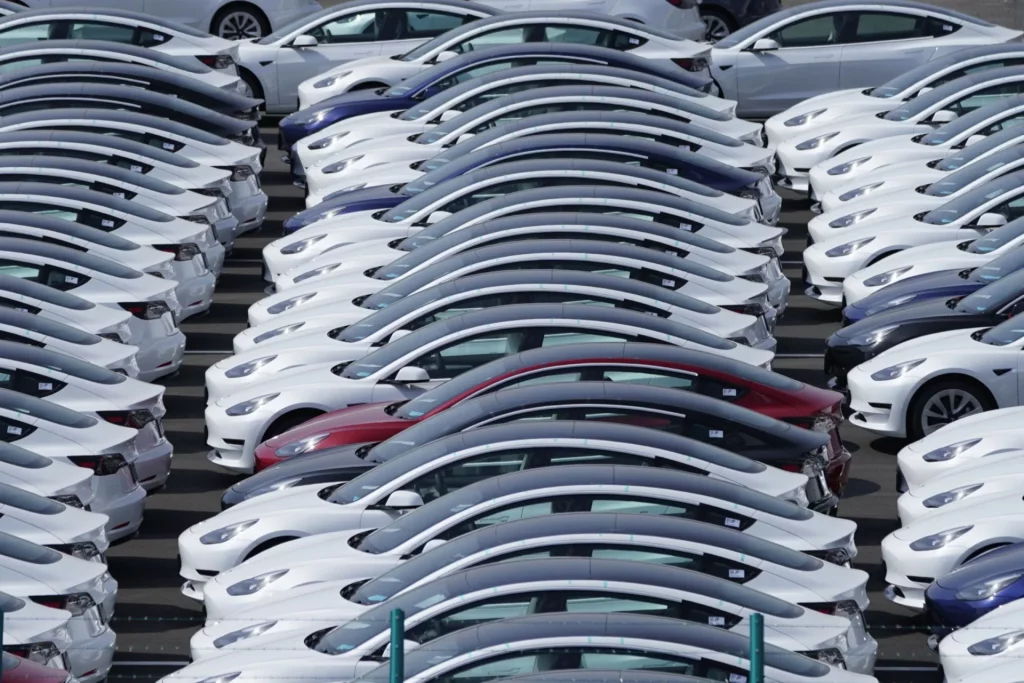
Electric vehicles (EVs) are the future of transportation, and more and more consumers are shifting from traditional petrol and diesel-powered cars to EVs. While the trend towards EVs is accelerating, one major obstacle for many potential EV buyers is the higher upfront purchase cost compared to traditional vehicles. Therefore, it is important to conduct a comprehensive cost analysis before purchasing a new EV.
Upfront Purchase Costs
When buying a new EV, the initial purchase price is usually the foremost concern. Unlike traditional petrol or diesel cars, EVs often have a higher sticker price. One of the main reasons for the higher cost is the expensive lithium-ion batteries that power these vehicles. These batteries are costly to produce and account for a substantial portion of the overall EV price.
However, it's worth noting that costs have been gradually decreasing as technology improves and economies of scale in production are achieved. Plus, various government incentives and subsidies are available to offset the higher initial cost of EVs. These incentives vary from country to country and even within regions, so you must check what's available in your area.
Furthermore, buyers should also factor in the potential cost savings from driving an EV when evaluating the upfront costs. These vehicles use electricity, usually cheaper than petrol or diesel, especially when the vehicle is charged during off-peak hours or using household solar power. Additionally, EVs require less maintenance than their traditional counterparts, resulting in further cost savings.
Operational and Maintenance Costs
Apart from the initial purchase price, owners should also consider the operational and maintenance costs when buying a new EV. One of the main advantages of EVs is their lower operating costs. Since these vehicles run on electricity, they are not subject to fluctuating fuel prices that traditional vehicles face. Consequently, the cost per kilometer driven is often significantly lower for EVs.
Maintenance costs for EVs are also typically lower. Unlike traditional vehicles, EVs do not require oil changes, and they also have fewer moving parts that could wear out and need replacement, such as belts, spark plugs, and fuel filters. Therefore, regular maintenance and repairs costs can be considerably lower for EVs, saving owners money in the long run.
Depreciation Costs
Another financial aspect to consider is depreciation - a vehicle's value reduction over time. Depreciation is the single largest cost of car ownership, often outstrips costs such as fuel and maintenance. Currently, EVs tend to depreciate faster than petrol or diesel cars, primarily due to the rapid pace of development in EV technology. However, as the technology becomes more mature and mainstream, this depreciation rate is expected to slow.
Moreover, various factors affect how much a car will depreciate, such as its brand, model, condition, mileage, and demand in the used car market. With growing demand for EVs and increasing awareness of their benefits, the resale value of these vehicles is likely to improve, reducing depreciation costs.
Ultimately, while the upfront purchase cost of an EV may be higher than a traditional car, when you factor in the lower operational and maintenance costs and potential depreciation benefits, EVs can offer a competitive total cost of ownership. Therefore, a comprehensive cost analysis reveals that buying a new EV might be a wise investment in the long run.
Comparing DIY EV Conversion and Buying a New EV
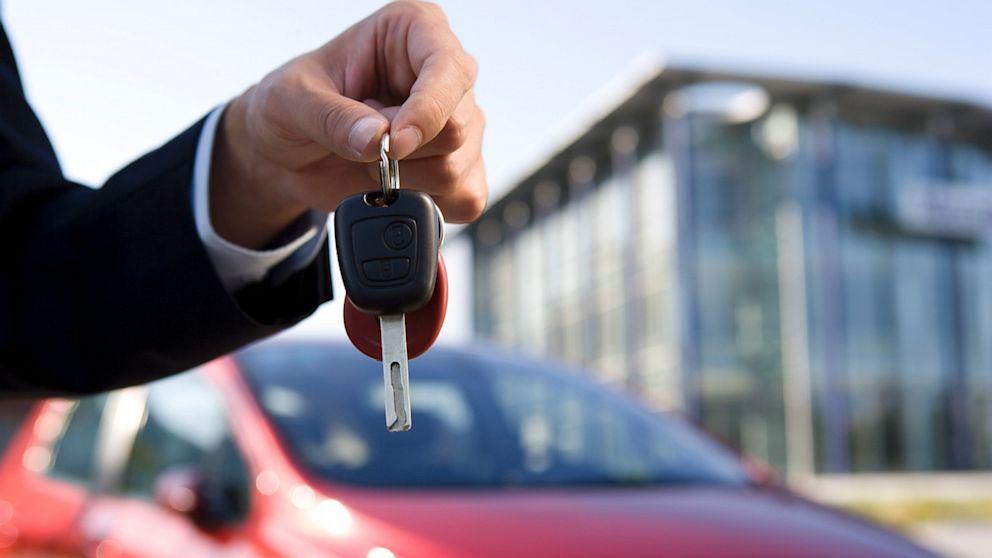
The world is progressively moving towards electronic vehicles (EVs). Electric vehicles are environmentally friendly and very economical in the long run. They have fewer moving parts, requiring less maintenance than petrol or diesel cars. They are also powered by renewable energy, unlike fossil fuel-powered cars. As a result, many people are moving from traditional fossil-fuel cars to electric ones.
However, there are mainly two options for such individuals: converting their existing gasoline car into an EV or buying a new EV. Both options have pros and cons, and the best choice depends on an individual’s needs and circumstances. This article will compare the two options based on initial, operational, and performance costs.
Initial Costs: DIY EV Conversion Vs. New EV
The upfront cost is one of the significant factors to consider when deciding between a DIY electric car conversion and buying a new EV. When converting a gasoline car to an electric one, the initial cost of conversion might be less than buying a new electric car, especially if the petrol car is in good condition and the owner has some basic mechanical skills to handle the conversion process. Costs included in the conversion process are that of the electric vehicle conversion kit, battery, and charger. Additional funds may also be required for professional help if the owner is not mechanically savvy.
On the other hand, buying a new electric car can be quite expensive upfront, especially for high-end models. The costs will include the vehicle's price, registration and insurance, and possibly the installation cost of a home charging station. However, various incentives and tax rebates offered by governments worldwide could potentially reduce the cost of acquiring a new electric vehicle.
Operational Costs: DIY EV Conversion Vs. New EV
Electric vehicles' operational costs, also known as running costs, mainly comprise electric charging and maintenance costs. A converted electric car can be cheaper to operate, partly because of the lower cost for electricity compared to gasoline. However, maintenance might be a bit more complicated as the vehicle was not initially designed for electric power.
New electric vehicles also promise lower operational costs. They have fewer moving parts than gasoline cars, meaning less wear and tear and fewer components needing replacement or repair. The average cost per mile for an electric vehicle is significantly lower than that of traditional petroleum vehicles. However, the battery's lifespan could affect the overall operational cost, considering the hefty price of a new battery.
Performance Comparison: DIY EV Conversion Vs. New EV
Performance is integral, and it's been a concern for electric cars. For converted electric vehicles, the performance depends on the conversion kit type, the conversion quality, the battery used, and the car's weight. Typically a well-converted EV can perform decently, providing a good range and speed.
On the other hand, new EVs, having been designed and optimized for electric power, tend to have excellent performance. They are known for their fast acceleration, quiet operation, smooth ride, and long-range capabilities. However, this could vary slightly with the model and brand of the car. The technology in new EVs is also continually improving, leading to better performance in newer models. The warranty manufacturers offer for new EVs can also provide the owner with peace of mind.
One of the key discussions when approaching electric vehicles (EVs) is essentially tied to their environmental impact. As the world develops and industrializes, the need for more environmentally friendly practices has become an immediate necessity. The transportation industry immensely contributes to this industrialization problem, accounting for a considerable percentage of carbon dioxide (CO2) emissions.
Hence, electric vehicles have been proffered as a potential solution to the ongoing environmental crisis. However, these vehicles' environmental friendliness is influenced not only by their zero-emission abilities during utilization but also by their production and disposal. This article dives further into the environmental impact of an older idea– EV conversion versus buying a new EV.
Production and Disposal Impact
The production process of new goods, not just vehicles, always has an environmental impact. Manufacturing a new vehicle involves extracting raw materials, processing them into car parts, and assembling them into a complete vehicle. All these stages have the potential to create pollutants that harm the environment.
To begin with, electric vehicles require large quantities of metals like Lithium, Cobalt, and Nickel for their batteries. The extraction of these minerals famously occurs in environmentally intensive conditions. Besides, electric vehicles are primarily made of steel, which requires coal to produce, thus aggravating the pollution problem. Therefore, with this consideration, producing new electric cars has a significant environmental footprint.
On the contrary, converting an existing vehicle to an electric one eliminates the process of producing new parts, thus significantly reducing the production environmental impact. All that is needed is the removal of the car's fossil fuel-related components and installing electricity-related parts.
Furthermore, in terms of disposal, the disposal of an old vehicle replaced by a new EV also adversely impacts the environment. The recycling process is not entirely eco-friendly; after the recycling process, some parts will end up in landfill. Therefore, conversion significantly lowers the volume of waste.
CO2 Emissions During Utilisation
Undeniably, the creation and utilization of electric vehicles play a crucial role in lowering carbon emissions during operation, thereby contributing significantly to combating climate change. New EVs are exceptionally efficient and are powered by batteries that have large capacities, thus possessing extended traveling ranges on full charges.
Conversely, DIY EV conversion might result in less efficiency and a shorter range, mainly because the vehicles were initially engineered to run on fossil fuels. However, the significant distinction lies in how these two avenues source their electricity.
In locations where the electrical grid relies heavily on burning coal for power, even new EVs will account for a considerable carbon footprint due to how they are charged. Individuals who convert existing vehicles into electric ones are more likely to use renewable energy sources such as solar panels for charging. DIY fans typically adopt more sustainable behaviors, including how they source their power.
Evaluating the ecological impact of DIY EV conversion versus new EVs is multifaceted. The environmental repercussions encompass conditions from production, and utilization, and disposal, which differ depending on varying needs and choices. Nevertheless, what’s undeniable is EVs' significant role in advocating for a greener planet.
Case Studies on DIY EV Conversion and Buying New EV
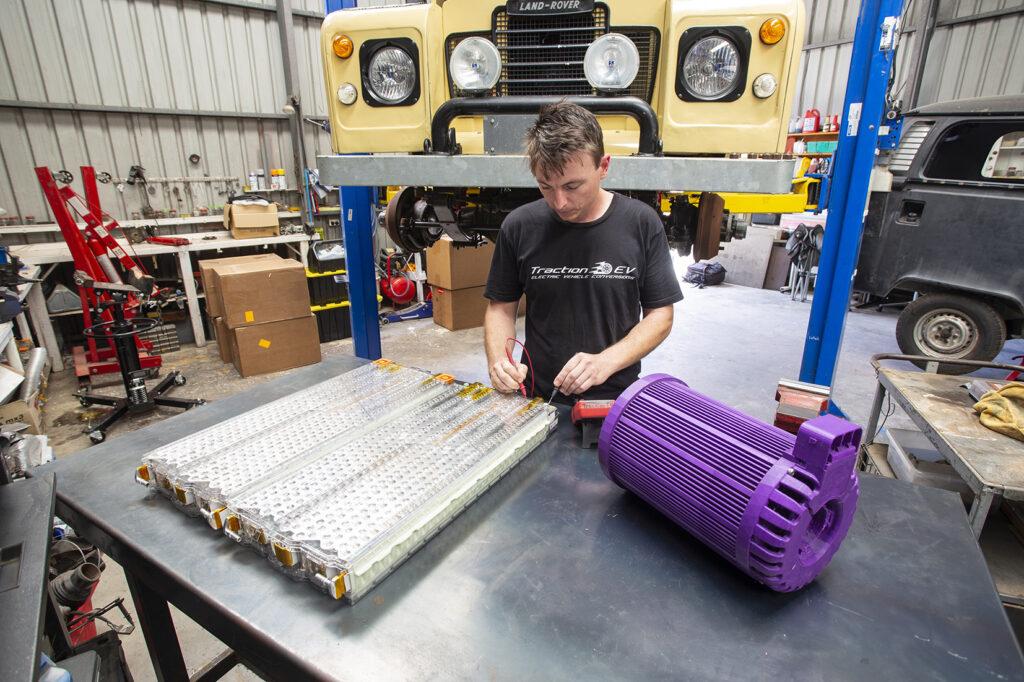
Electric Vehicles (EVs) have gained significant attention in recent years due to their environmental benefits and the potential for cost savings over time compared with conventional gas vehicles. While many consumers opt to buy new EVs, some choose to convert their existing internal combustion engine (ICE) vehicles into EVs. This article compares the experiences of a person who had a successful DIY EV conversion and another who purchased a new EV, showcasing their different backgrounds and considerations.
Case Study of Successful DIY EV Conversion
The first case study concerns John, a tech-savvy individual interested in sustainable technologies. The idea of converting his old but beloved 1995 Toyota Corolla into an EV attracted him. With a mechanical background, he embarked on a DIY EV conversion journey to save on the hefty cost of buying a new EV and challenge himself technically.
Having procured a variety of components like electric motors, batteries, controllers, chargers, DC-DC converters, and adapter plates, the conversion took him about six months. However, it was a learning process filled with trials, errors, and adjustments.
Although the upfront costs of the batteries and the electric motor were high, he calculated that topping them with fuel savings and low maintenance costs would make the investment worthwhile in the long run. After the conversion, his car achieved a top speed of 90 MPH with a range of about 100 miles per battery charge.
He was satisfied with the performance compared to what he used to get from the traditional car. The process, while challenging, also offered him the opportunity to learn and understand the mechanics of an EV better, something he truly relished, validating his decision to convert his vehicle.
READ: Do Electric Cars Have Gears?
Case Study of Buying and Using a New EV
The second case study involves Sarah, an urban professional with a busy lifestyle. She was conscious of her carbon footprint and wanted to transition to sustainable commuting options. However, unlike John, she did not have the necessary time or technical expertise to embark on a DIY EV conversion.
Therefore, she opted to buy a brand-new Tesla Model 3. Sarah was drawn towards the sleek design, advanced safety features, smart tech integration, and impressive range that the model provided. She also considered government subsidies that could offset her EV purchase cost.
Sarah also had to bear the cost of installing a home charging station, which was a significant upfront cost, adding to the cost of the new EV. However, she was thrilled with her purchase, citing lower maintenance costs than ICE vehicles and savings from not filling up gas as key financial benefits. In addition, she liked how quiet the car was, its acceleration, and the minimal environmental impact. Sarah felt that her decision to buy a new EV was justified, considering her lifestyle, commitment to sustainability, and financial capacity.
By comparing these two case studies, it is evident that the optimal choice between buying a new EV and a DIY EV conversion depends on individual factors such as technical skills, free time, and financial considerations. This article provides real-life insights to help individuals make informed decisions in their move towards sustainable transportation.
